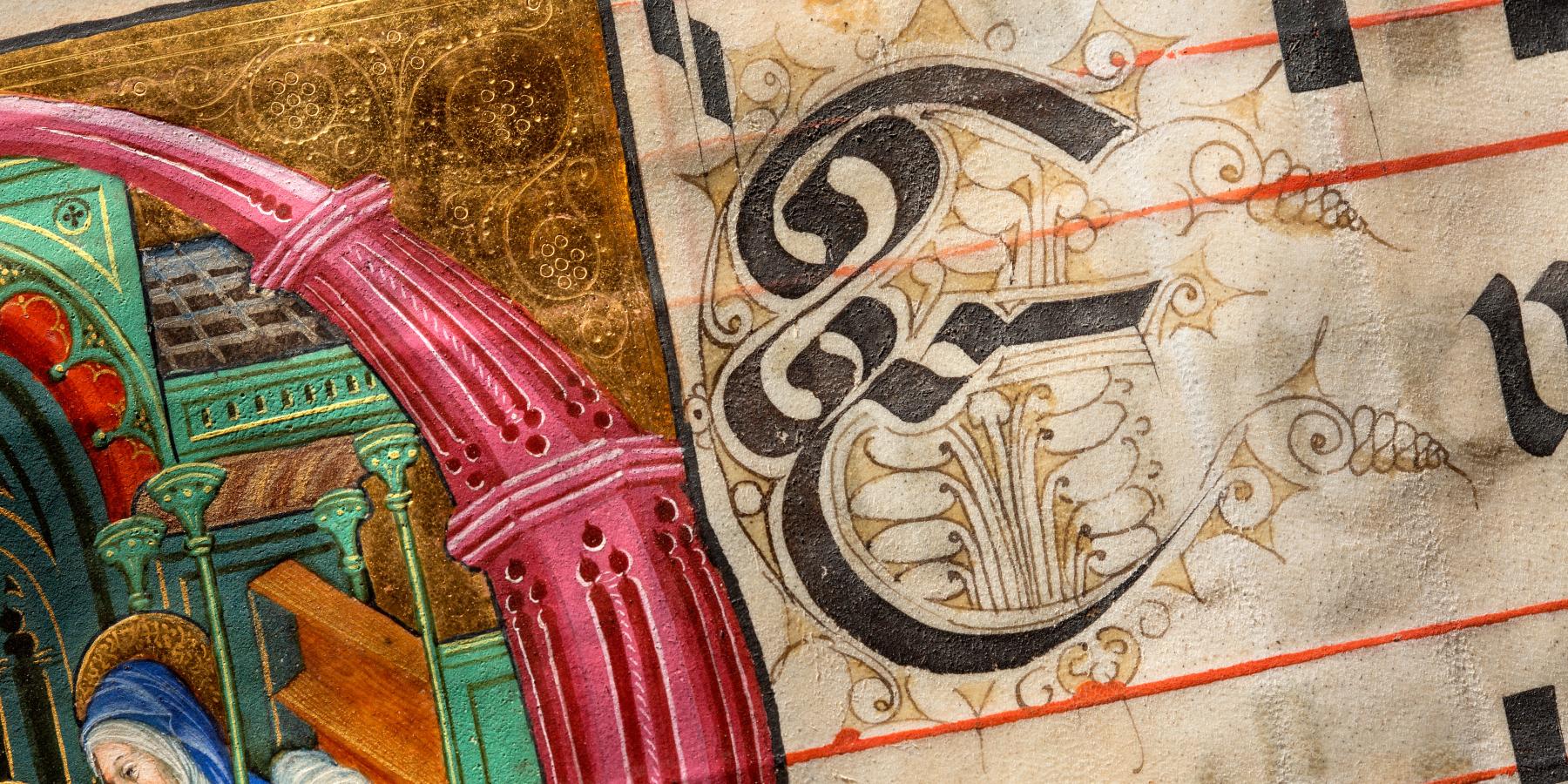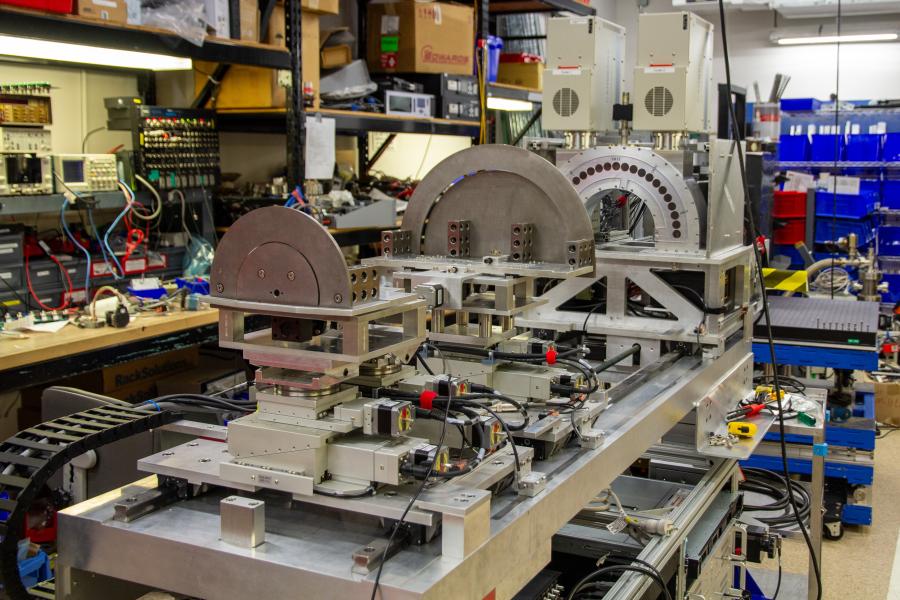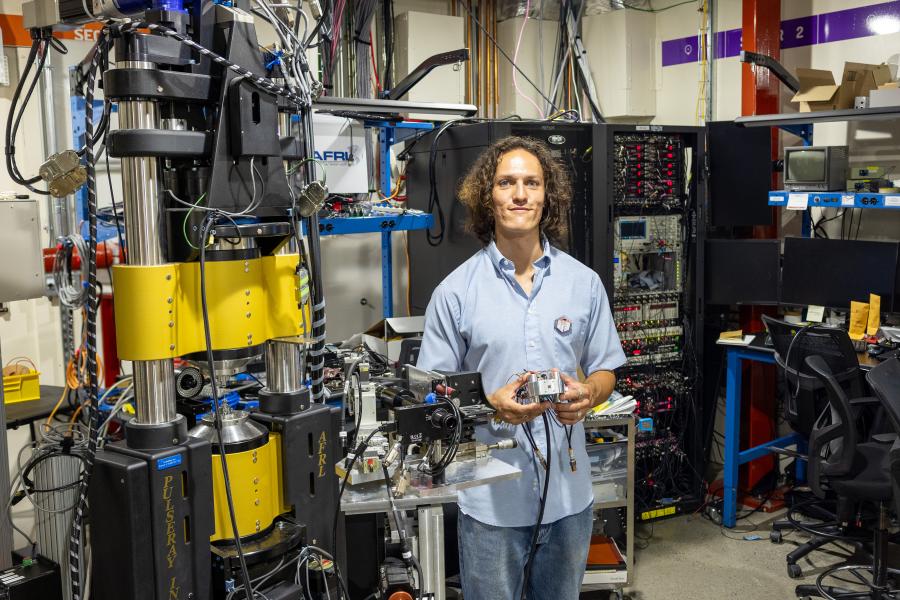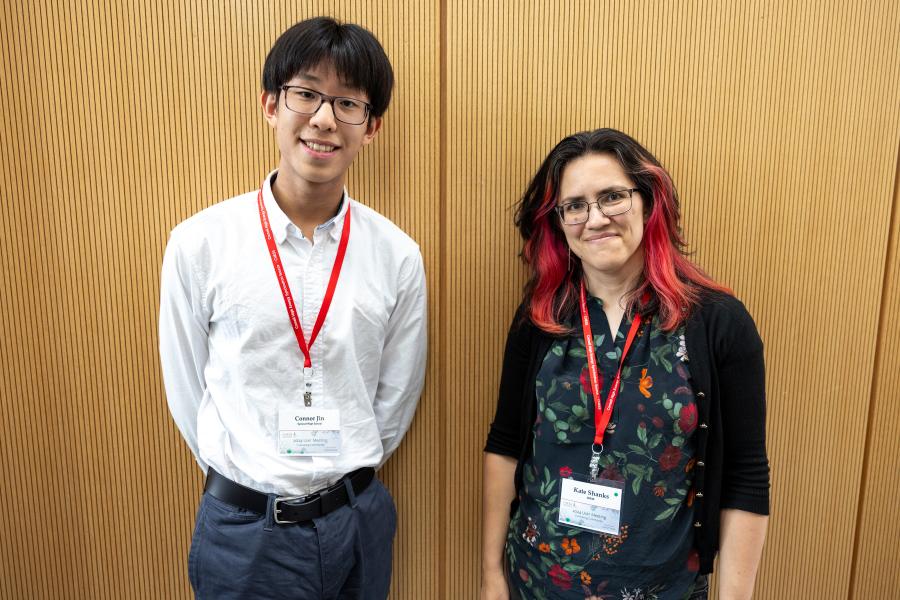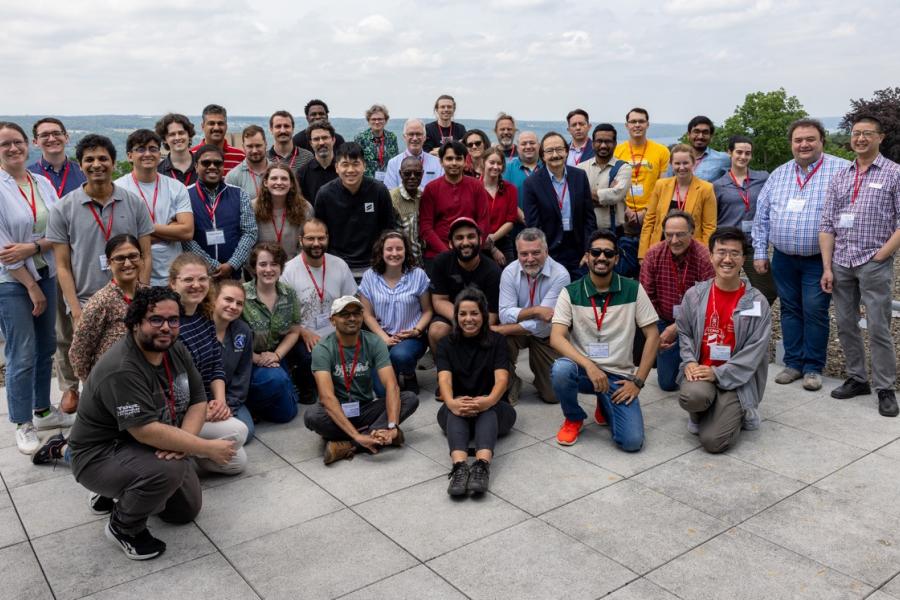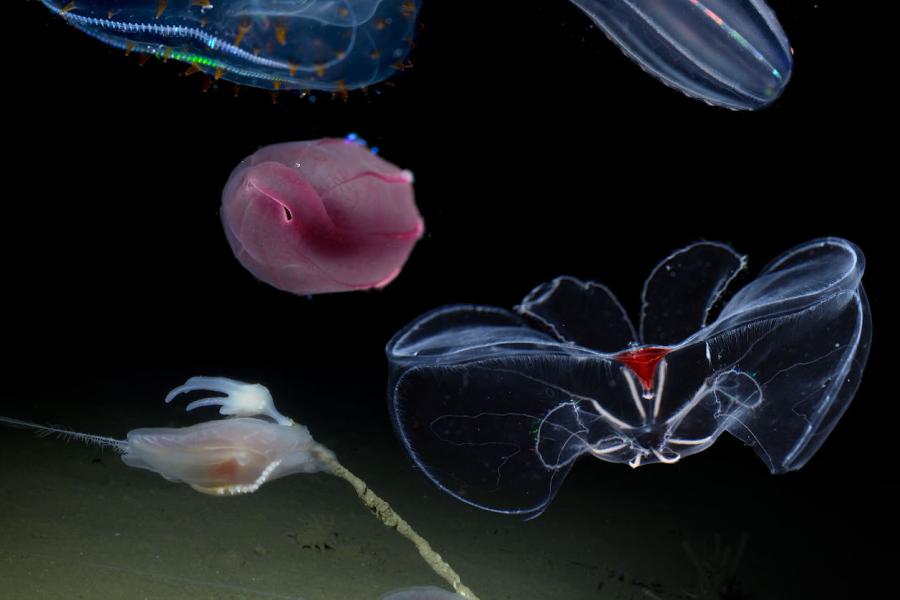Sidebar Menu (View Pages)
- Status
- ⌃ Science
- ⌃ Users
- ⌃ Facilities
- ⌃ Public
- Industry
- ⌃ About
Tags
Featured
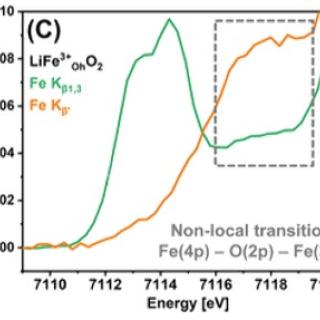
Redox Mechanisms and Migration Tendencies in Earth-Abundant Cathodes
Now, in a new paper appearing in the journal “Chemistry of Materials”, a group of researchers from Oak Ridge National Laboratory, Argonne National Laboratory, and CHEXS use high-energy x-ray spectroscopy to gain fundamental insights into the redox processes and migration tendencies of transition metals in the cathode material 0.7(Li2MnO3)·0.3(LiFeO2).
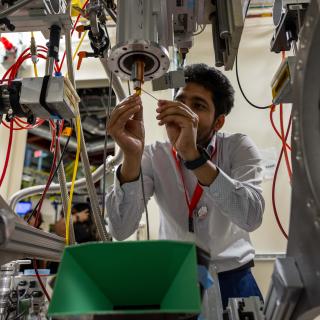
HEXT Workshop Empowers Students in Synchrotron Techniques
The HEXT workshop equips students to actively participate in the CHESS user community through a blend of educational lectures, interactive demonstrations, and proposal writing training. Focused on diversity and practical skills, HEXT aims to cultivate a more inclusive and vibrant environment for synchrotron research.
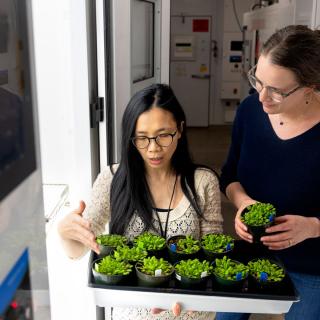
CHESS receives $20M from NSF for new X-ray beamline
The U.S. National Science Foundation has awarded the Cornell High Energy Synchrotron Source (CHESS) nearly $20 million to build a new precision X-ray beamline for research on biological and environmental systems.
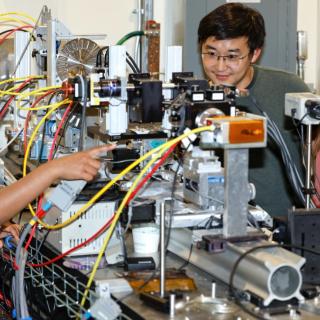
X-rays reveal microstructural fingerprints of 3D-printed alloy
Cornell researchers took a novel approach to explore the way microstructure emerges in a 3D-printed metal alloy: They bombarded it with X-rays while the material was being printed.
By seeing how the process of thermomechanical deformation creates localized microscale phenomena such as bending, fragmentation and oscillation in real time, the researchers will be able to produce customized materials that incorporate such performance-enhancing characteristics.
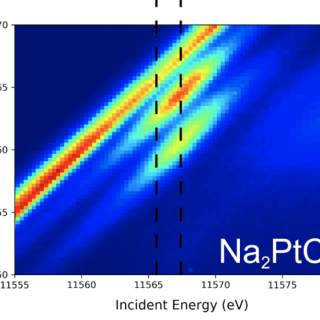
New Methodology to Collect X-ray Emission Spectroscopic Data for Platinum and Other Heavy Metals
CHESS scientists have developed an innovative methodology for studying compounds containing precious heavy metals, like platinum, with potentially significant implications for catalysis research. This approach involves using resonant excitation to dramatically improve the resolution of x-ray emission spectra (XES).
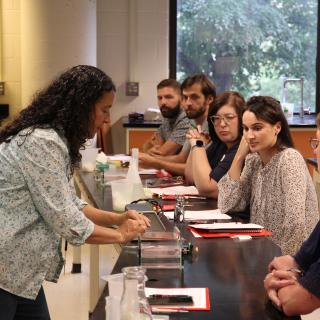
Lending Library Workshop August 8, 2023
Florianna Blanton hosts the CHEXS/CHESS Lending Library workshop for DNA Gel Electrophoresis in the investigative biology labs at Comstock Hall.
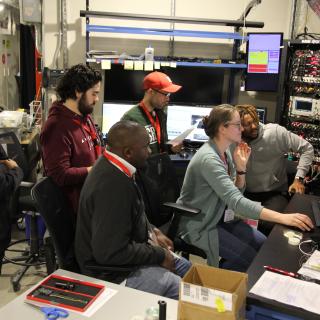
Workshop at CHESS Empowers Students in Synchrotron Techniques
The HEXT workshop empowers students to become productive members of the CHESS user community by combining informative lectures, hands-on demonstrations, and instruction in proposal writing. With its focus on attracting diverse participants and providing practical training, the HEXT workshop sets the stage for a more inclusive and vibrant synchrotron research landscape.
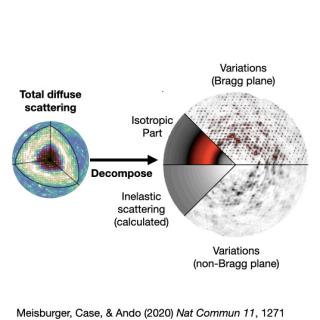
Picking up good vibrations – of proteins – at CHESS
A new method for analyzing protein crystals – developed by Cornell researchers and given a funky two-part name – could open up applications for new drug discovery and other areas of biotechnology and biochemistry.
